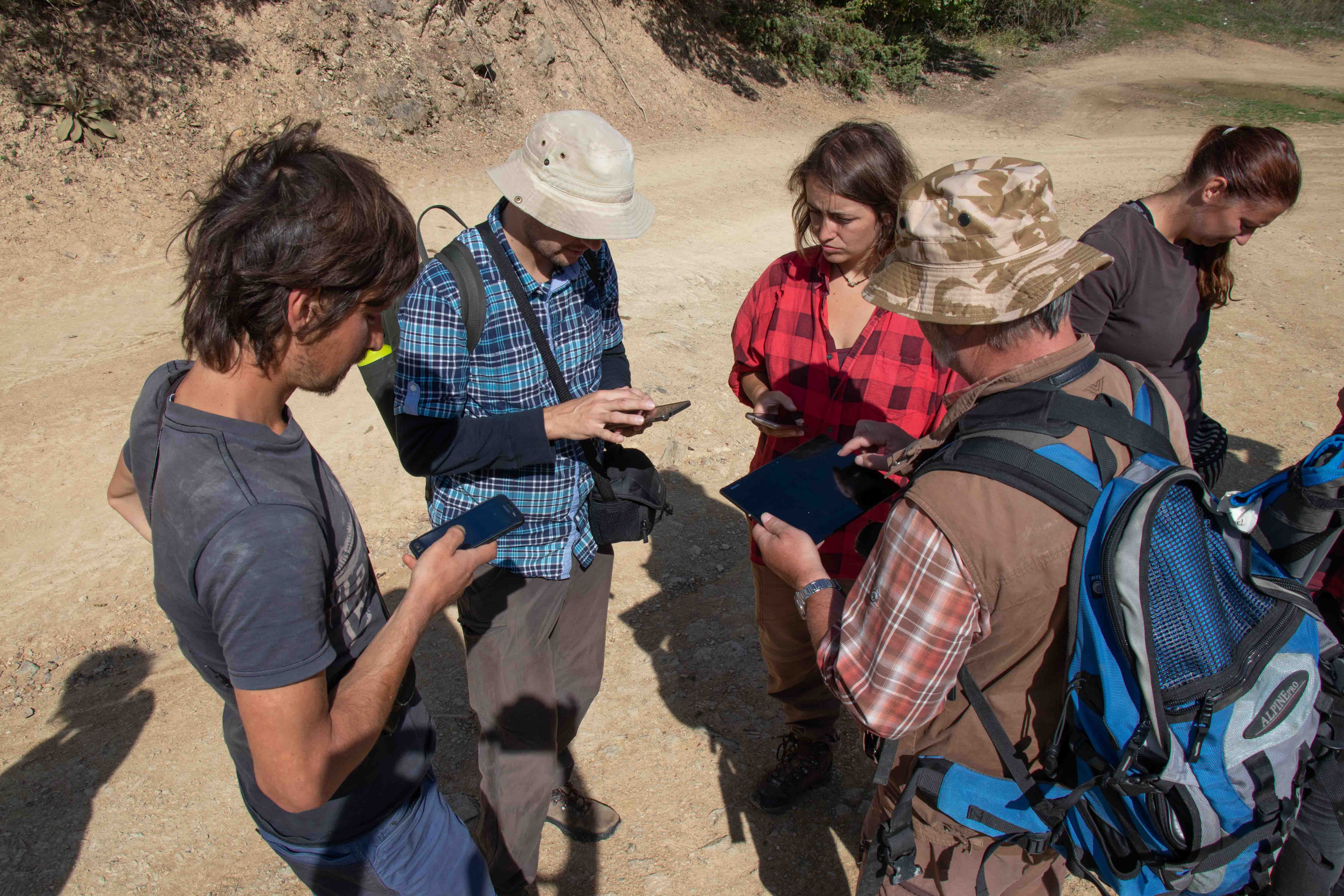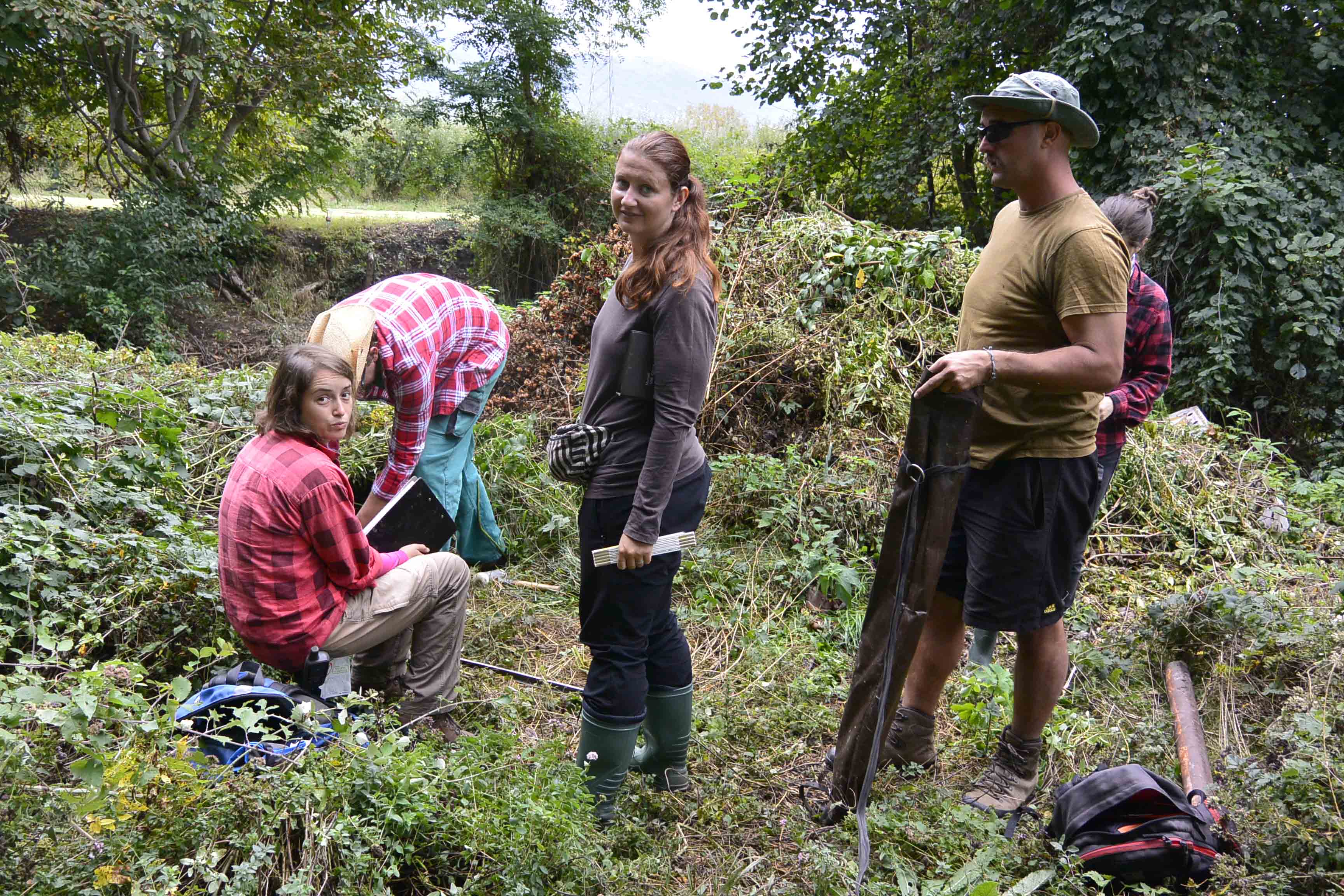
Laboratory of Archaeobotany and Palaeoecology
Archaeobotanical Summer School in Ohrid, North Macedonia
Archaeobotanical Summer School in Ohrid, Republic of North Macedonia as part of the international research project Frontier Studies
duration: 2019-present
The archaeobotanical summer school has a long tradition. Its main meaning is connecting natural science with archaeology, especially with the fields of archaeobotany. Students of botany and archeology from the Faculty of Sciences and the Faculty of Arts of the University of South Bohemia are trained directly within the framework of several research projects, in this case within the framework of Frontier Studies.

Frontier Studies is an international research project focused on the city of Ohrid and its surrounding landscape and environment. It is situated on the northern shore of the Ohrid lake in the border region of Albania and North Macedonia. Since the start of the project in 2017, the research effort has been defined by the collaboration between Charles University in Prague (Marek Verčík, ÚKAR FF UK) and the Archaeological Museum in Skopje (Pero Ardjanljev), since 2019 also with the Czech Geological Survey (Jan Hošek) and the University of South Bohemia in České Budějovice (LAPE). The goal of the first research season, supported by the summer school of archaeobotany at the University of South Bohemia, was an extensive field survey of the historical landscape and research of the region's settlement structures dynamics, captured in the developmental sequence.
The task of the summer archaeobotanical school in this project is to obtain and provide primarily archaeobotanical data, used to explain landscape and ecological questions, focused on historical microenvironments, interesting for the description of vegetation in individual phases of the development of prehistoric and ancient settlements. The specific goal is also to create a reference database for further reconstructions.

In the first year of the project, the participants of the summer school participated in the testing of several locations (Trebeniste, Grasinca I/II, Daljan, Gorno Lakocerej- Tri topoli, Bobansko ezero) by means of geological probes with an excavator or a drilling rig. These four localities were sampled. Samples were subjected to analysis of plant macroresidues, wood and carbons, AMS radiocarbon dating, pollen analysis and other methods…
The analyzes have already provided interesting results. We are not only surprised by the presence of a round settlement from Grašnice (from Late Antiquity), but above all by the evidence of an organic layer from the Younger Bronze Age based on a geological probe, whose existence under the thick lake sediment testifies to a significant tectonic event. The analyzes that are carried out confirm the dating of the ceramic fragments to the end of the Younger Bronze Age. However, they also capture the state of the landscape at the end of the prehistoric period, when the central settlement in Ohrid was surrounded by the water of the lake and coastal lagoons.

